Honda’s V3R with an electric supercharger is set for production, signalling a major leap in motorcycle performance and innovation.

Subscribe to our Telegram channel for instant updates!
When Honda unveiled the radical V3 engine concept at EICMA last year, it was easy to assume it was just that—a concept, designed to spark imagination rather than signal actual intent. But the clues have been steadily stacking up, and now, two new U.S. trademark filings all but confirm the inevitable.
The first filing targets the name “V3R”—reaffirming Honda’s European trademark filing from February. But the real revelation lies in the second application: “V3R E-Compressor.” That small suffix, “E-Compressor,” confirms something far more exciting—that the electric supercharger fitted to the concept engine wasn’t just for show. It’s coming to production.
Why This Matters: The First Electrically Supercharged Motorcycle?
While the Kawasaki H2 has made supercharged motorcycles a reality, it relies on a mechanically driven system tied to engine revs. Honda’s approach is different. The E-Compressor is electrically driven, opening the door for seamless, instant torque delivery, even at low RPMs. This essentially solves the biggest issue with turbocharging bikes: turbo lag.
Traditional turbos perform well in cars because drivers apply the throttle more smoothly and can easily mask lag. But on a motorcycle, which revs high and responds instantly to wrist movement, lag becomes a dealbreaker. Honda solves this with an electric solution that lets the bike build boost on-demand, regardless of revs or throttle input, and deliver power exactly when and where riders need it most.

The Legal Signal: This One’s Not Just for Show
New U.S. trademark laws prevent companies from sitting on names indefinitely. A trademark must be used in commerce soon after registration, or it gets revoked. That means Honda isn’t just locking the name down—it’s gearing up to use it in the near future. Both the “V3R” and “V3R E-Compressor” are explicitly tied to motorcycles and their components, indicating a full-on production push.
Honda has a habit of developing flexible engine platforms to spread development costs. So the V3 might not power just one bike—it could anchor an entire new model range. Think sportbikes, tourers, and maybe even naked performance machines, all using the same V3 engine architecture with or without the E-Compressor setup.
What Is an E-Compressor, Exactly?
Electric superchargers already exist in the automotive world—used by brands like Audi and Mercedes-AMG to complement turbos. But on bikes, they’re groundbreaking.
Honda’s setup likely uses a compact electric motor and lithium battery to spool up the compressor independently from the engine, delivering instant air and fuel mixture at low and mid revs, with no wait time. Think of it as electric torque on tap, even with a combustion engine.
Not only does this promise better low-end power, but it also improves rideability, fuel efficiency, and could even help with emissions compliance.

Looking Ahead: The Most Anticipated Launch of 2025?
With the name officially filed and production intent nearly confirmed, the V3R is shaping up to be Honda’s most exciting launch in years. Between the unconventional V3 layout and the trailblazing electric supercharger, it represents a rare leap in motorcycle engineering—a blend of mechanical legacy and forward-thinking innovation.
If you thought the age of groundbreaking ICE tech was over, think again. The Honda V3R E-Compressor might just redefine what internal combustion is capable of in a world increasingly dominated by electrification.






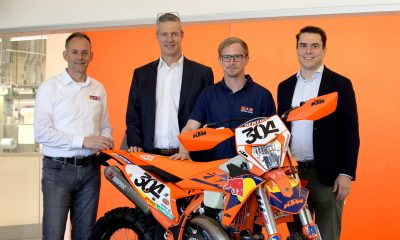

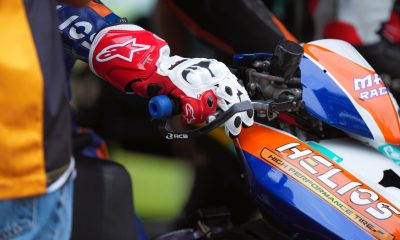
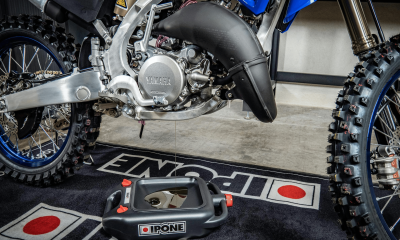


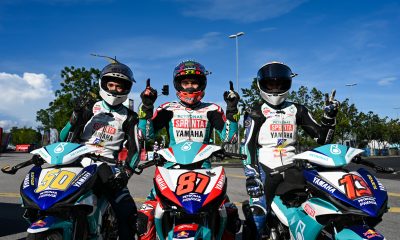
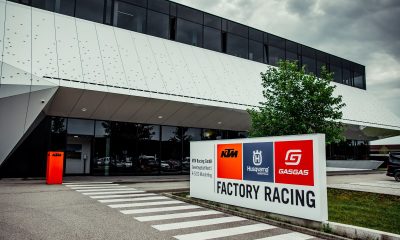

















Facebook
Instagram
X (Twitter)
YouTube
LinkedIn
RSS